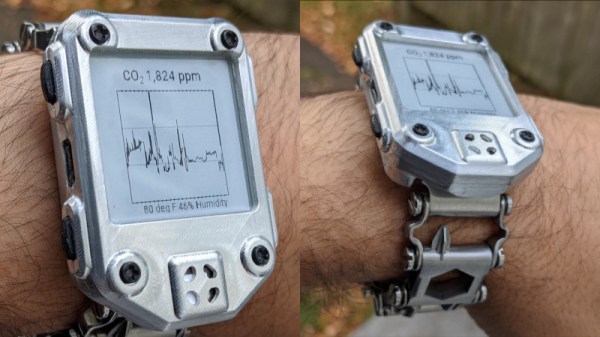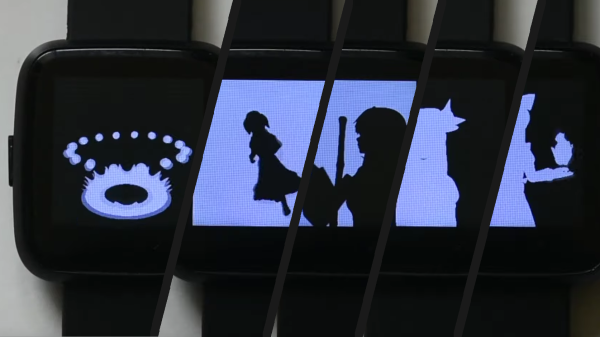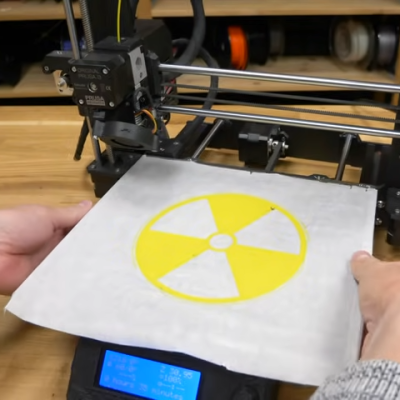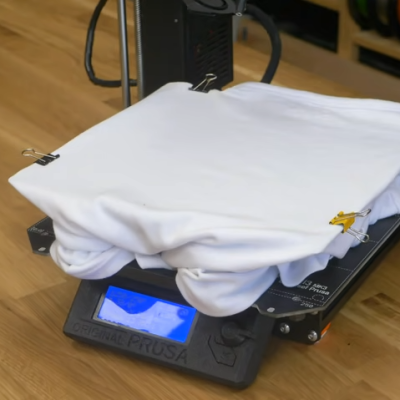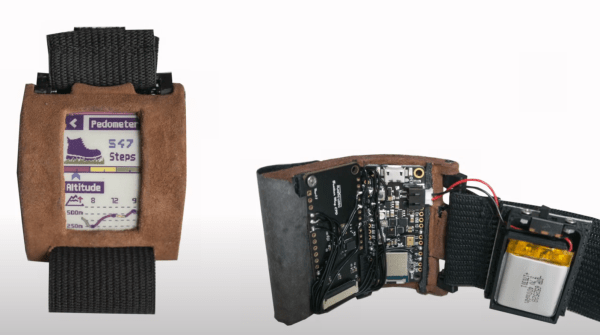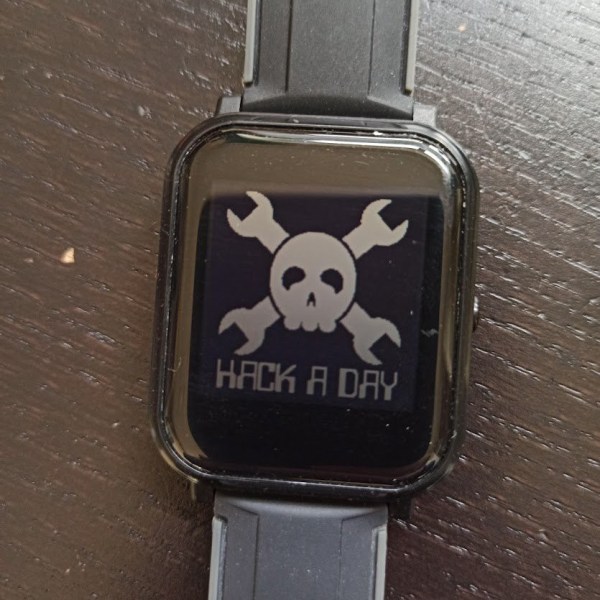Human respiration takes in oxygen and in turn, we exhale carbon dioxide. Thus, an uptick of carbon dioxide levels around us can indicate we’re in the presence of other humans, and also, perhaps, the pathogens they carry. To explore this phenomenon, [C Scott Ananian] developed a mod for the Watchy open-source smartwatch, which lets it detect carbon dioxide.
The idea behind the build is simple. If you’re around increased CO2 levels, it may be because you’re surrounded by people, and thus more likely to be exposed to COVID-19. To detect CO2, the watch relies on a Sensiron SCD40 or SCD41 sensor. This is read by the Watchy’s ESP32 microcontroller, and results are graphed on the watch’s e-Paper display. The Watchy is also given a nice new aluminum case to fit the additional hardware.
It’s cool having a graph on your wrist of the ambient concentration of CO2, and at the very least, it could make a good talking point next time you’re at a particularly boring party. You’ll also be more than ready to advise other partygoers if the carbon dioxide level is reaching dangerous levels.
We’ve seen similar builds before, which are useful not only for pandemic safety but also for monitoring if you have any leaks from CO2 storage in the house. If you’ve been working on your own ways to track dangerous gases, be sure to drop us a line!

